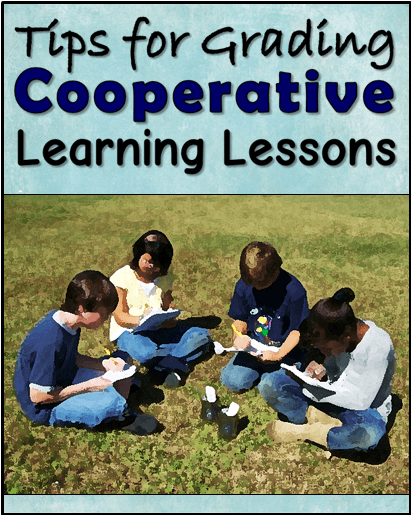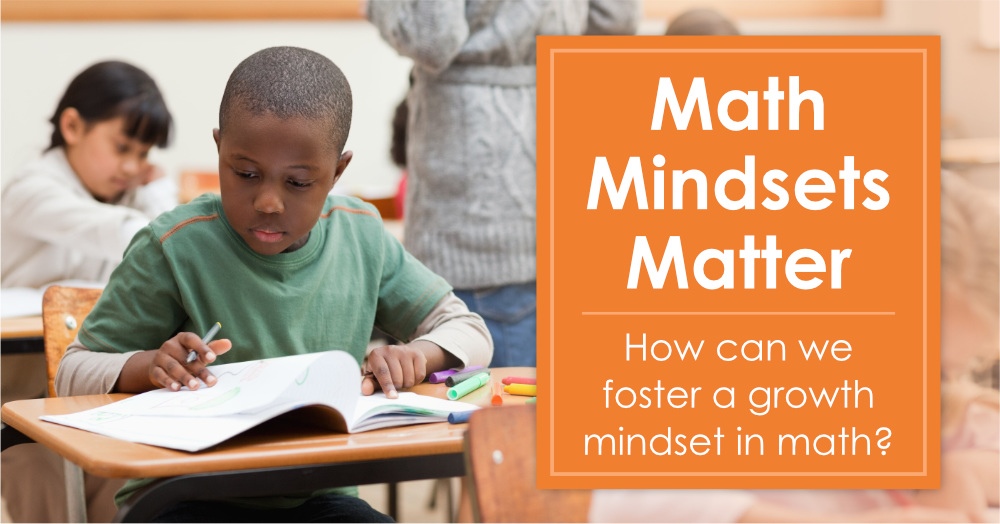Almost every job or career involves working with others, and cooperative learning lessons are perfect for helping kids develop necessary social skills. However, evaluating the products of those activities can pose a challenge for teachers.
When it is appropriate to grade cooperative learning lessons, and how can we grade them fairly? In my experience, the answer to that question depends on the type of lesson as well as its purpose. When it comes to grading, cooperative learning lessons seem to fall into two different categories: cooperative learning activities for practice, and team projects that result in a product. Let’s look at grading options for both types of lessons.
Cooperative Learning for Practice
Most of the cooperative learning activities I used on a daily basis were simple partner or team strategies for practicing skills or stimulating higher level thinking. In general, I don’t believe in grading the products of these types of lessons. When students take turns completing a worksheet or teams work together to solve a problem, there’s really no way of knowing how much help each student received on the assignment. Working together, they may score 100% correct on the activity page, but do they all fully understand the concept? There’s only one way to know for sure – you have to follow up with an individual test or quiz.
Other cooperative learning activities such as this electricity investigation allow students to explore concepts in an open-ended manner. I personally don’t see a need to grade these types of activities, although students can expect some sort of assessment of skills learned later in the lesson.
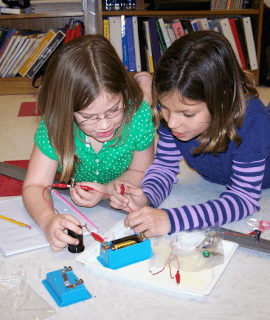
Cooperative Learning Projects with Products
Team projects are completely different. Many of them are complex and are designed to result in a product, whether it be a team poster, a Prezi presentation, a team skit, or a spreadsheet of data obtained during an experiment. Team projects are not generally assigned for the purpose of practicing a skill that will be tested later, so some type of grading method seems appropriate for these products.
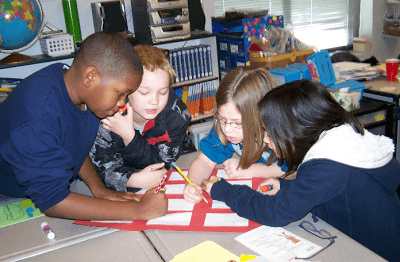
But grading team projects fairly presents a challenge for teachers. How we graded these projects fairly when their products reflect different amounts of participation and skill on the part of each team member? We want to hold students accountable for their contributions, but we don’t want to unfairly penalize them for others’ poor quality work.
Many teachers address this issue by assigning roles when students work on projects and simply grading each student’s part in the project. That strategy is effective when the tasks can be divided into clearly defined roles, but some projects are too complex to be broken into separate “grade-able” parts.
Using the Team Project Evaluation
After struggling with this dilemma for a few years, I created the Team Project Evaluation Form shown below as a way of evaluating the participation of individual team members in group projects. The completed form was attached to a photo or copy of the team project, and the grade I assigned each team member was based on a combination of his or her participation and the quality of the final product. You can download this form for free from my Cooperative Learning page on Teaching Resources.
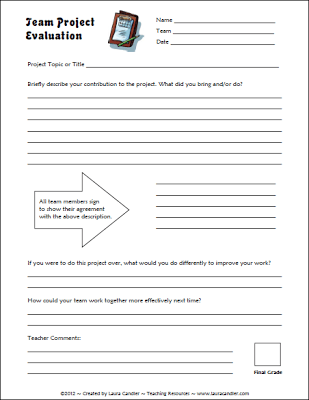
Here’s how I used the Team Project Evaluation in my classroom:
- After a team project was completed, I gave each person a copy of the form. They completed the top part independently by describing their contributions to the project. I asked them to list materials they brought from home and tasks they completed while working with their team.
- The next step was the kicker. Everyone had to pass their papers around the team and get all team members to sign the form to show their agreement. If the team member did not agree or felt they left something out, the two would quietly confer to resolve the situation.
- After they received their papers back with the signatures, students responded to the last two questions independently. These questions are reflective, asking students to think about how they might improve and how their team might work more productively in the future.
- Next, students turned in their forms altogether attached to the team project or perhaps to a photo or other representation of the project such as a rubric. For example, if they did a skit together, I would have evaluated the skit separately using a rubric to keep my grade for the product as objective as possible. Or if they completed a lab report together, I would grade the lab report objectively based on the content and responses.
- After reviewing each students’ evaluation form, I added my own comments and assigned the final grade. The final grade for each student was different, and it was based on their completed evaluation form as well as the more objective assessment of the actual product.
Feel free to adapt the Team Evaluation Form to your own needs. It worked will when I taught both 4th and 5th grade, and I suspect it would work well with older kids too. I don’t have it in Word form, so you’ll have to create your own version if you want to change it. Cooperative learning lessons are terrific for teaching kids to work together, but we do need to be sensitive to the fairness issues involved in grading work that was completed together. It’s important to think about the purpose of the lesson so you can decide whether to grade the product or perhaps provide an individual skill assessment later. If you have any other ideas for grading cooperative learning lessons, please share them!

